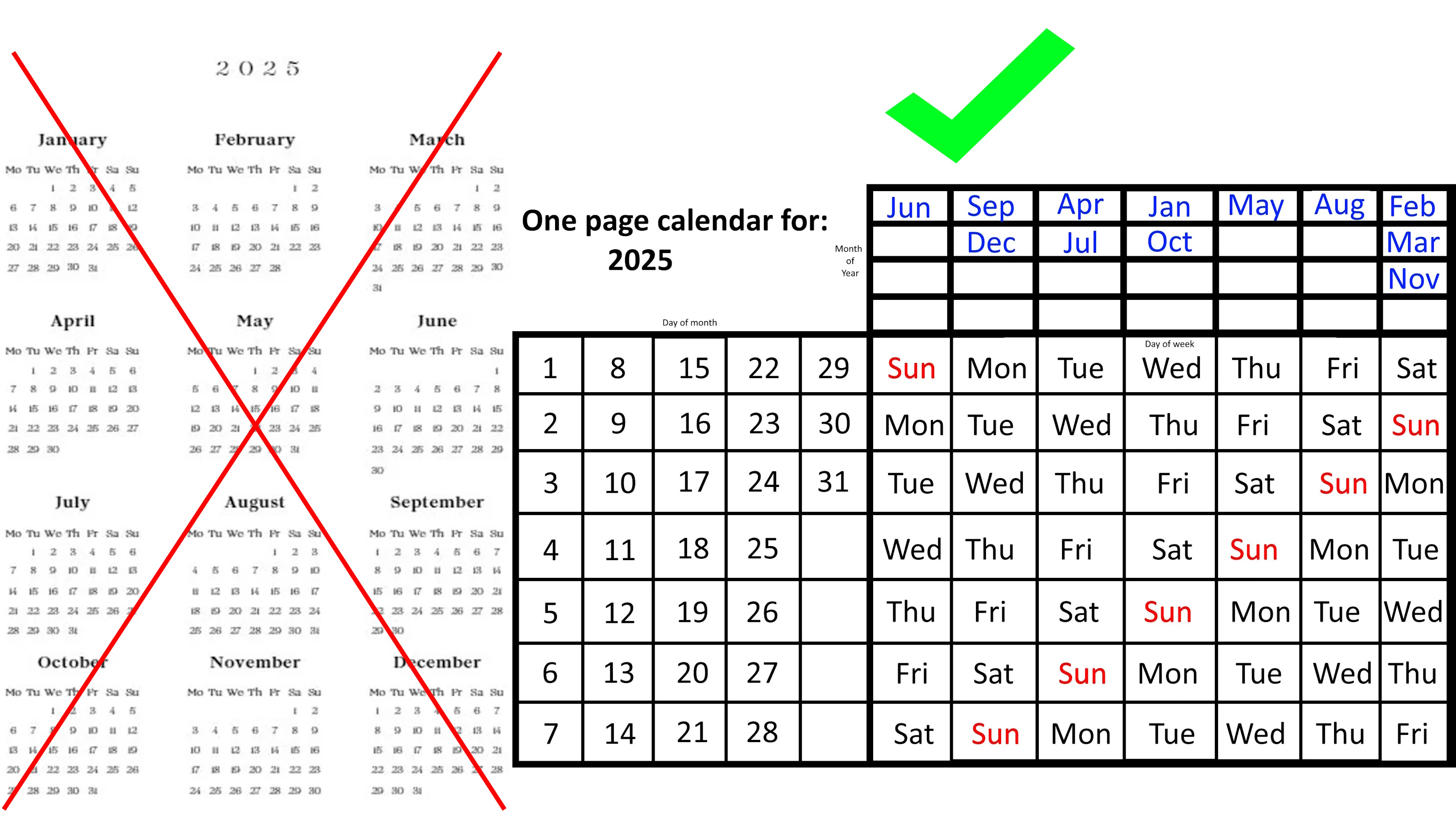Timmermann imagines the actor on-screen.
Bonnie Timmerman: If you’re casting a feature, or a television series, or a, you know . . . whatever it is that you’re casting, usually you read the script first, and hopefully you only take on things that you really like. And then you start to imagine as you read who’s going to be in this script. And a lot of times I’ll carry actors in my head while I’m reading a script. And I’ll . . . Sometimes I get it right the first time; and then other times I have to work for months to find the right people. So you can do it different ways. You could interview somebody. Or you could see a movie, or a television show, or read, or see a picture in the paper, or even just a picture and resume and say, “This is somebody I would like to bring in to meet a director or a producer.” I don’t think in terms of location, or catering, or anything like that. I just really think in terms of the . . . if I’m casting and not producing. So it’s different when you’re producing. You’re reading a script and thinking of all kinds of things. You know but I think in terms of casting, there will be times where I’ll be sitting opposite an actor, and I’ll see a big screen behind this actor or actress. And I’ll imagine them on the screen right while they’re sitting in front of me, and I’ll just get the sense that they will be in the movie somehow, or in a movie. So sometimes I think that’s one way – just this . . . my instinct. And other times I will have an empty wall in my office. It’ll be completely empty, and I will start to paint a picture. So it’s an empty canvas, and then I’ll start to put up faces – even faces of people off the street or in magazines. I’ll start to fill up this wall filled with pictures and start to see a painting. So I kind of view the casting job almost as if I’m painting a picture.I have cast, I think, 54 movies. So that’s a lot of movies. So I think you have to have a real imagination about what you’re doing. You know when the right actor comes in, the room sort of changes color. You know I think you know it. You know it when . . . When somebody is before you and they are right, something happens in a performance, in a room, even in an audition and you can see that they’re right for the part. But then of course they could go through different steps. They’d have to maybe work with another actor, or to see how the chemistry is. They have to be physically right for the part. They have to be . . . see how . . . If it’s a love interest, you wanna test opposite your leading actor or actress to see if those things are working. There are so many different . . . But sure, yes. I’ve seen actors come in and I’ve thought, “I didn’t think this person would be right.” But they’re just so interesting that you wanna bring them in front of the director. Maybe you don’t have to make all the decisions yourself. Maybe you have to take chances and you have to say to a director or to the producers, “Would you like to take a chance with me and look at somebody who is,” you know . . . you know, “tall instead of small? Or blond instead of dark?” Or you know, “a different nationality or race?” You know you have these ideas. I think that’s the most exciting part of the job – being able to discover. Because anybody can put together a list, you know?
Recorded On: 12/21/08





